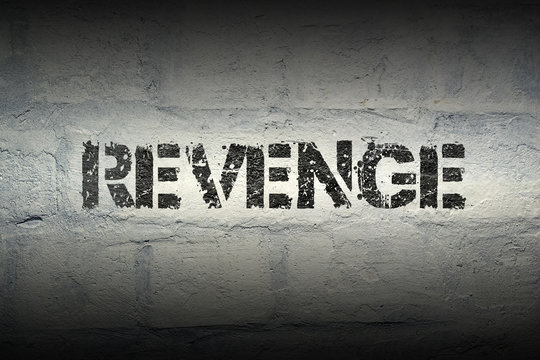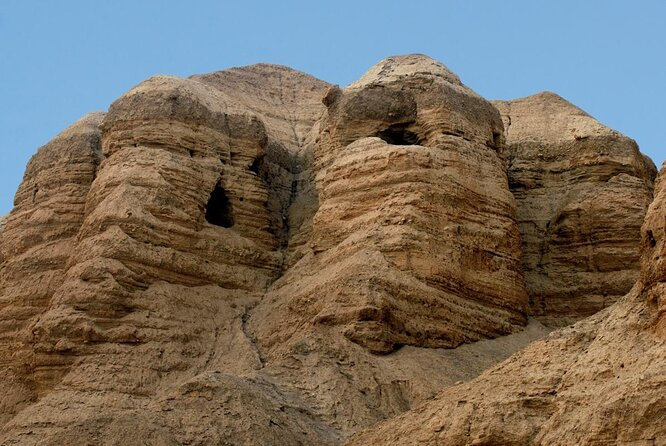- In a world having a history of untold suffering—especially, it seemed, for Jews—was the existence of an all-powerful and comforting G-d still tenable?
- What were the purpose and meaning of Jewish practices and customs, given the increasing number of Jews who placed greater value on their own autonomy?
- Could Jews still justify the notion of a "chosen people" in a society where Jewish integration and full participation with the rest of humanity had become the norm?
|
An examination of how leading Jewish thinkers have attempted to reconcile Jewish belief with the reality of Jewish life. We shall examine questions such as:
The Dead Sea Scrolls provide us with an invaluable window into the Judaism of the latter Second Temple Period. This is the Judaism from which modern Judaism and Christianity were born. - Lecture 1 (Introduction)
- Lecture 2 (Scandal and Publication) - Lecture 3 (The Manual of Discipline) - Lecture 4 (Historical Backdrop) - Lecture 5 (Sects of the Second Temple) - Lecture 6 (The Qumran Site) - Lecture 7 (The Rabbinic System) - Lecture 8 (The Cairo Geniza) - Lecture 9 (Pesher Texts) - Lecture 10 (The War Scroll) - Lecture 11 (Qumran Manuscripts) - Lecture 12 (Vision for a New Temple) - Lecture 13 (Daily Life) - Lecture 14 (The Halachic Letter) - Lecture 15 (The Qumran Biblical Canon) - Lecture 16 (The Calendar) - Lecture 17 (Qumran Ritual) - Lecture 18 (Prayer) - Lecture 19 (The Politics of Qumran Hebrew) -Lecture 20 (The Copper Scroll) - Lecture 21 (Connections to Christianity) - Lecture 22 (Scroll Fragments) Why does God emphasize action over belief?
The class provides an overview of Jewish history while examining historical trends. Close attention will be paid to the influence that Jewish culture has had on the wider culture and visa versa.  A respectful response to inaccuracies about Israel in President Obama's autobiography.
The Hasmonean revolt was as much a civil war as it was a war against the Seleucid Empire.The connection between Thanksgiving & Sukkot is deep and speaks directly to today's America.A look at the events which led up to the destruction of the Second Temple.
This history course focuses on the encounter of a rabbinic civilization shaped centuries earlier in the Near East with the emerging new social, political, economic and intellectual environments of medieval Islam and Christianity. We will explore how these three major Western religions interacted with and influenced each other between the 7th and 17th centuries. Click here to watch Lecture 15: Medieval anti-SemitismClick here to watch lecture 17: Spanish JewryClick here to watch lecture 18: Italian JewryJacob stumbled into the world’s first synagogue while on the run. What can we learn from his experience?
|
Categories
All
Rabbi Steven SaksEnjoy these sermons from Rabbi Steven Saks. Archives
December 2017
|
||||||||||||

 RSS Feed
RSS Feed
